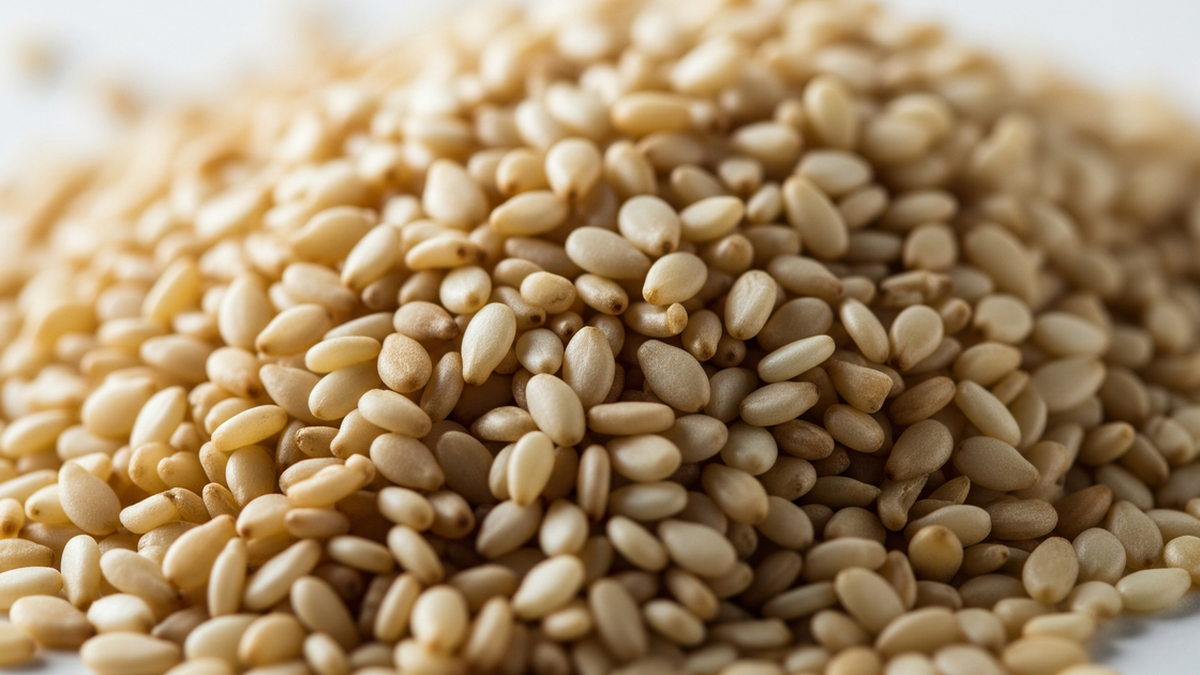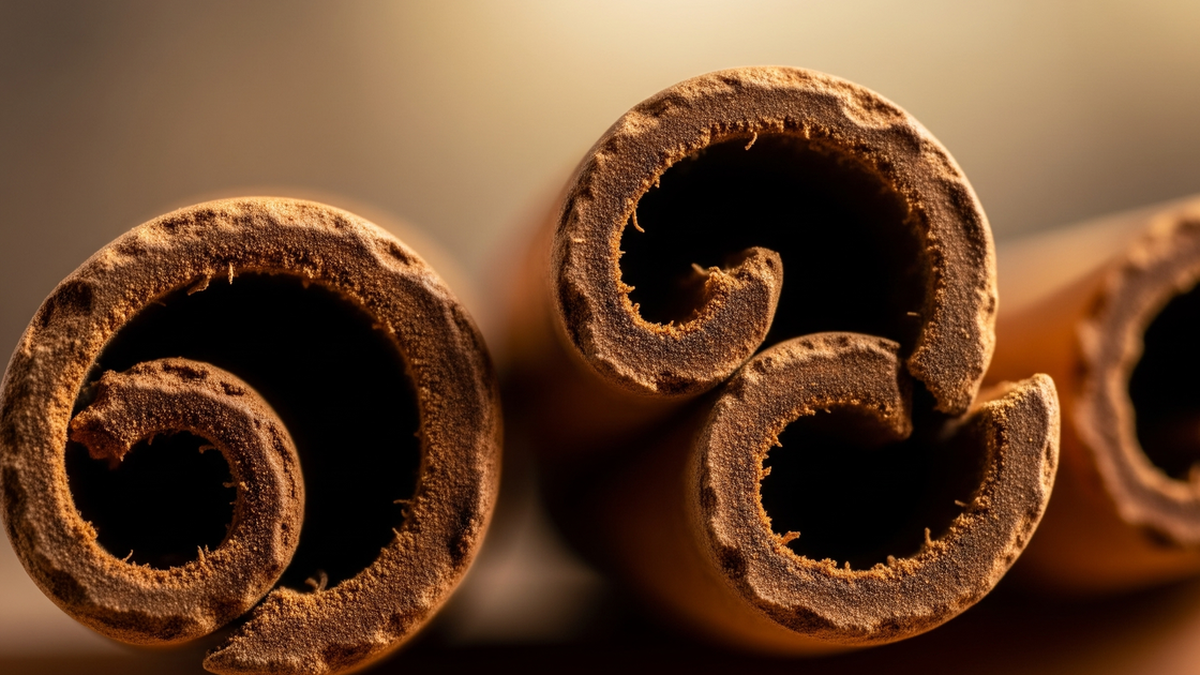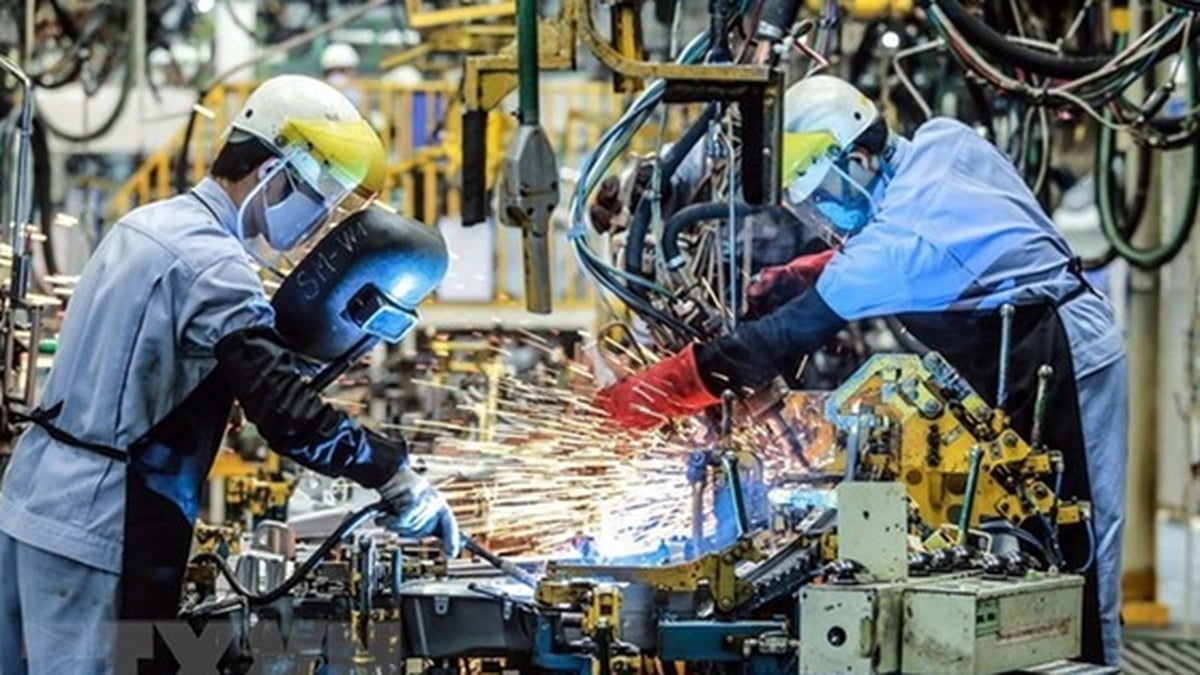How do Japan's most prestigious restaurants such as Kikunoi, Kiyama, Ogata, Mizai, Gion Owatari... introduce their uniqueness?
Advertising they have ancient tradition more than a hundred years?
Proud to have served many kings, queens, princesses, and princes of many countries?
Show off that they have Michelin stars(*)?
They are famous in five continents?
All of the above is true, achieving any of these results is already impressive, if they were to promote them to gain trust with customers, no one would be surprised.
But they whispered things like this:
Kyoto has a sacred well, clean, rich in minerals, whose water once gushed forth in many small streams that resembled a blooming chrysanthemum. The Murata family, who have guarded this well for generations, opened a teahouse and used the water to make delicious tea. The teahouse later became a restaurant, serving traditional Japanese cuisine and continuing to use the soft mineral water from the well for cooking. The name Kikunoi means "Chrysanthemum Well". The current chef, Yoshihiro Murata, is the 22nd generation descendant of the family that guarded the well.
Mizai Restaurant briefly states that it uses sacred mineral water from the Yasaka Shinto Shrine.
Shimogoyo Shrine shares its pure water with the Gion Owatari restaurant.
Ogata restaurant uses natural spring water, every day they transport more than 140kg of clean spring water for cooking.
Kiyama Restaurant is built on a precious underground water source that supplies fresh, cool water to the Japanese Imperial Family - in fact, Kyoto Palace is just a few minutes' walk from Kiyama. Chef Kiyama applied for permission from the government to dig a well and use the water for the restaurant.
Chef Kiyama personally uses the restaurant's clean, delicious water to make tea for guests.
If they want to show their dedication to their profession, respect for their customers, or love for their hometown cuisine…, famous restaurants in Japan don’t sit around talking about the big picture. They care about one thing: what kind of water to use for cooking!
Water plays a key role in the kitchen, especially Asian cuisine. Dishes from vegetable soup to pho, vermicelli, noodles, hot pot… cannot be without water. Not to mention stewing or boiling, a simple ingredient like rice, no matter how delicious or clean it is, without water, it will not become rice.
Broadly speaking, there are many things that depend on water. For example, if you ask Kyoto people why tofu here is famous for its deliciousness, they will not boast that the local bean variety is special, nor say that they have a secret recipe for using salt to precipitate the beans, nor explain that Kyoto has long had many temples and shrines, so vegetarian dishes have developed strongly. They will simply say: the water source in Kyoto is clean, rich in minerals and soft, using this water to irrigate soybeans and then soaking, grinding and processing tofu will make the tofu delicious.
That doesn’t mean that veteran chefs look down on expensive ingredients and Japanese specialties like Kobe beef, tuna, Ise shrimp, and Hokkaido crab; they just don’t consider them as the main dish and don’t show their hospitality or class through those dishes. No matter how rare the ingredients are, if the water used in cooking is not up to standard, it’s considered a waste.
That is why many people are surprised that the more they venture into famous Japanese places, the less they see meat and fish; the important dish of these places is… soup. Soup reflects the chef’s skill, only a good chef knows how to combine ingredients and cook delicious broth. High-class restaurants never use MSG, so the chef’s skillful technique will be shown through the soup, for them, cooking a perfect bowl of soup is more difficult than grilling fish or frying a piece of beef.
If the water used for cooking is not spring water or clean natural mineral water, the soup will not be delicious. Therefore, in a meal at a top restaurant in the cherry blossom country, soup will be one of the first dishes, it will appear before rice, before meat or fish. If the soup is bad, the diners can just stand up and leave without saying much and without wasting space in their stomachs for the remaining dishes.
"Luxury" to them means having clean mineral water for cooking, and the entire kitchen team from head to deputy head of the Kikunoi restaurant, which is famous all over the world, rolling up their sleeves to help farmers... grow organic vegetables.
They care about the environment and the local soil, because if the surroundings are dirty or sprayed with chemicals, Kikunoi's chrysanthemum well will become trash, the mineral water from the spring at Ogata restaurant will be polluted, and the sweet underground water at temples or the Imperial Palace will no longer be sweet, nor will it be healthy.
When entering the restaurant, diners will be protected, assured to enjoy the culture in the most peaceful way from body to soul. From the small task of maintaining clean water for the restaurant, these chefs have become environmental activists and artisans specializing in preserving and developing culture, the place where they work is not only a place for diners to eat, but also a place to live.
ARTICLE: CRYSTAL
PRESENTED BY: CHI PHAN
Source

































































![[Maritime News] More than 80% of global container shipping capacity is in the hands of MSC and major shipping alliances](https://vphoto.vietnam.vn/thumb/402x226/vietnam/resource/IMAGE/2025/7/16/6b4d586c984b4cbf8c5680352b9eaeb0)













































Comment (0)